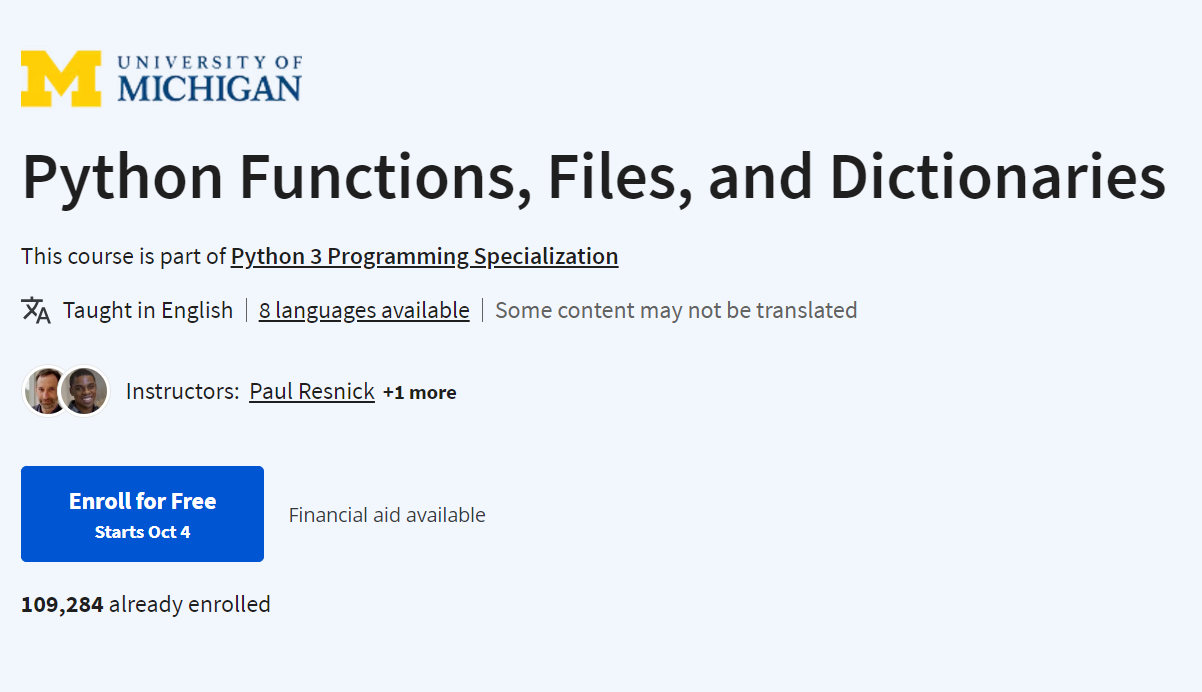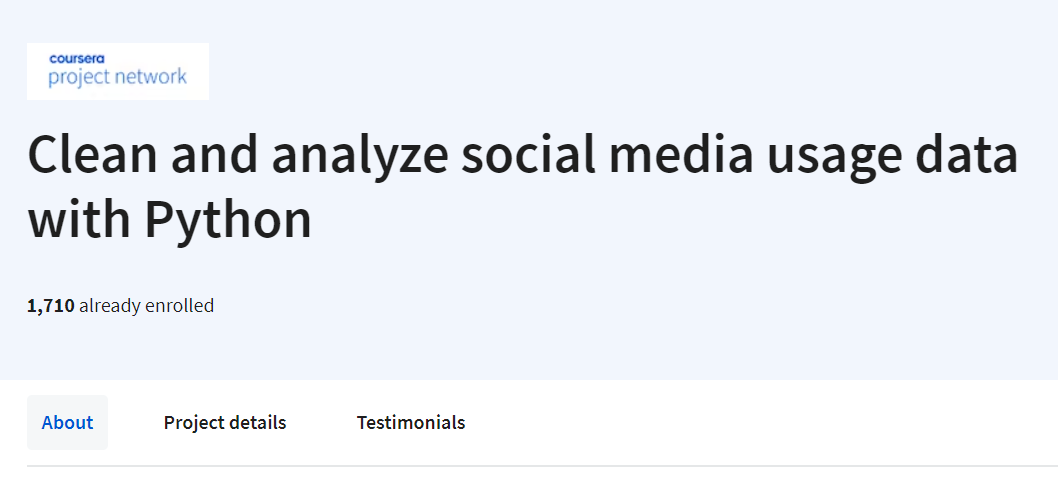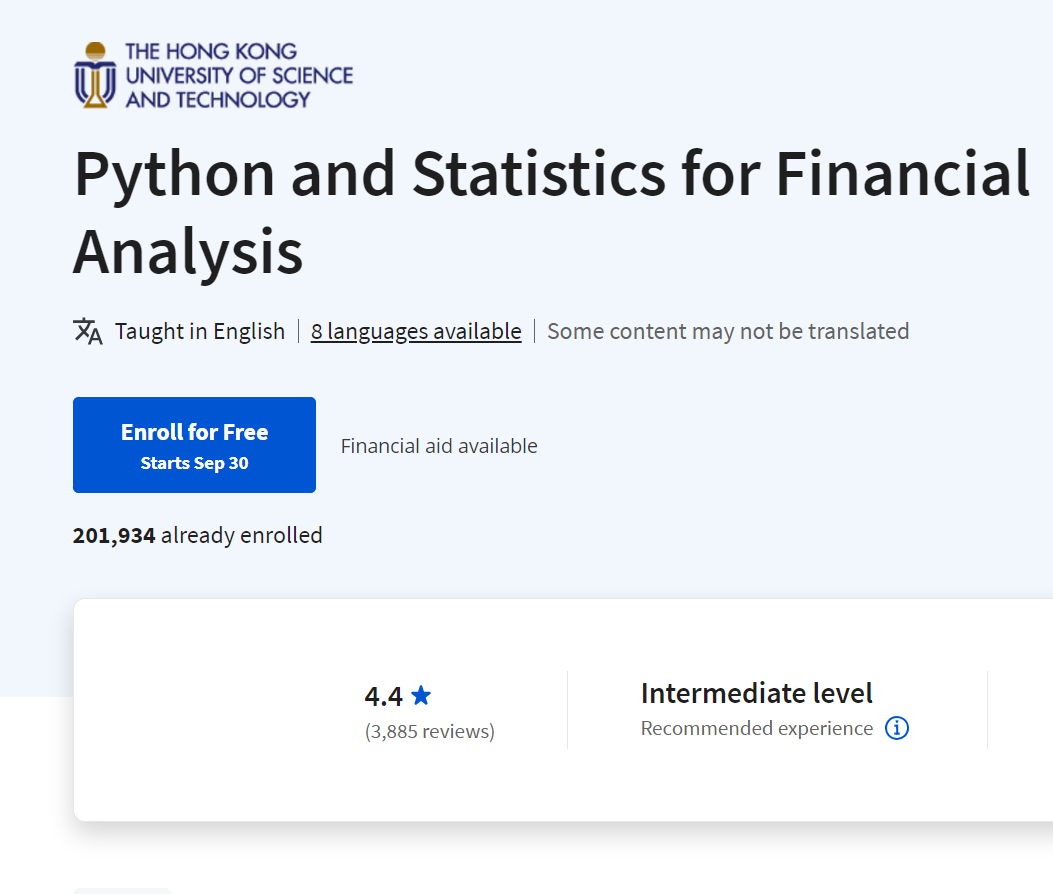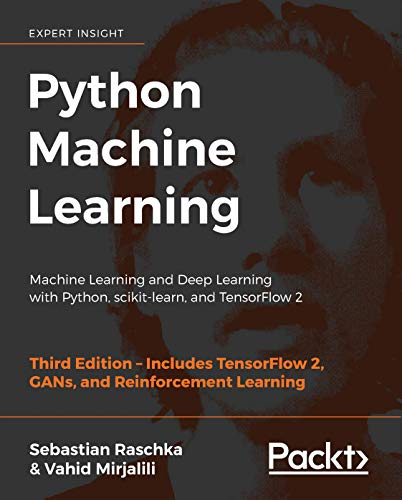Learn to code like a professional with Python - an open source, versatile, and powerful programming language
Key Features
- Learn the fundamentals of programming with Python - one of the best languages ever created
- Develop a strong set of programming skills that you will be able to express in any situation, on every platform, thanks to Python's portability
- Create outstanding applications of all kind, from websites to scripting, and from GUIs to data science
Book Description
Learning Python has a dynamic and varied nature. It reads easily and lays a good foundation for those who are interested in digging deeper. It has a practical and example-oriented approach through which both the introductory and the advanced topics are explained. Starting with the fundamentals of programming and Python, it ends by exploring very different topics, like GUIs, web apps and data science. The book takes you all the way to creating a fully fledged application.
The book begins by exploring the essentials of programming, data structures and teaches you how to manipulate them. It then moves on to controlling the flow of a program and writing reusable and error proof code. You will then explore different programming paradigms that will allow you to find the best approach to any situation, and also learn how to perform performance optimization as well as effective debugging. Throughout, the book steers you through the various types of applications, and it concludes with a complete mini website built upon all the concepts that you learned.
What you will learn
- Get Python up and running on Windows, Mac, and Linux in no time
- Grasp the fundamental concepts of coding, along with the basics of data structures and control flow.
- Write elegant, reusable, and efficient code in any situation
- Understand when to use the functional or the object oriented programming approach
- Create bulletproof, reliable software by writing tests to support your code
- Explore examples of GUIs, scripting, data science and web applications
- Learn to be independent, capable of fetching any resource you need, as well as dig deeper
Who this book is for
Python is the most popular introductory teaching language in U.S. top computer science universities, so if you are new to software development, or maybe you have little experience, and would like to start off on the right foot, then this language and this book are what you need. Its amazing design and portability will help you become productive regardless of the environment you choose to work with.
Table of Contents
- Introduction and first steps - Take a deep breath
- Built-in data types
- Iterating and making decisions
- Functions, the building blocks of code
- Saving time and memory
- Advanced Concepts - OOP, Decorators, Iterators
- Testing, Profiling and dealing with Exceptions
- The edges: GUIs and Scripts
- Data Science
- Web Development done right
- Debugging and troubleshooting
- Summing up: a complete example


.png)

.png)

.png)


.png)
.png)

.png)
.png)
.png)
.png)
.png)


.png)



.png)




.png)
.png)

.png)


.png)





























.png)



























